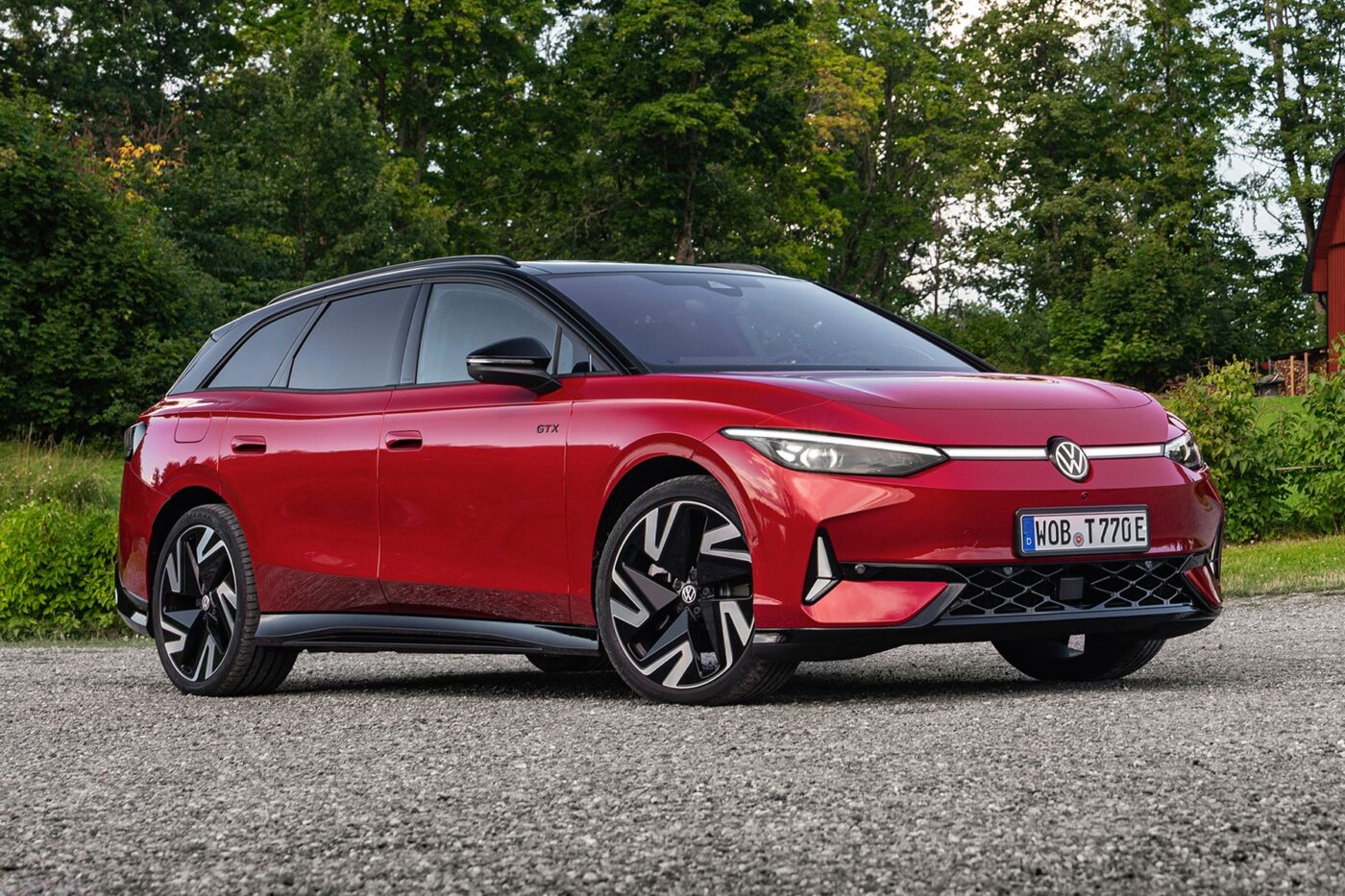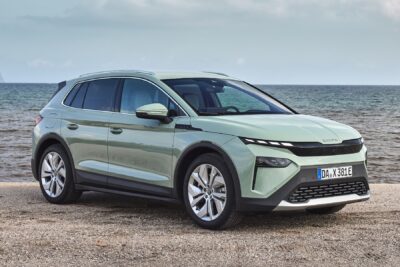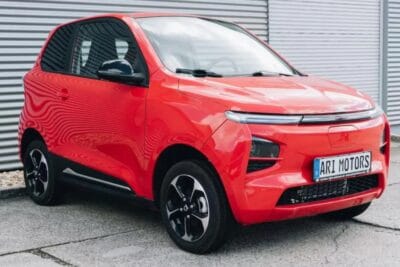Electric car prices in Germany continue to rise
At the beginning of its analysis, the CAM notes that the availability of electric models in Germany in 2024 (the period from January to October was considered) has grown from 105 models in 2023 to 134 models. “However, SUVs account for more than half (56.7% or 73 models), while the range of models in the minis and small car classes, which are important for the ramp-up, is reduced,” the CAM immediately qualifies again.
One consequence is that the average purchase price for electric cars has risen – by a whopping €3,976 – primarily due to the larger number of EVs in the mid-size SUV segment. At €56,669 (gross, without deducting the subsidy), EVs were 7.5 per cent more expensive in the first three quarters of 2024 than in 2023. However, the environmental bonus, which was discontinued at the end of 2023, may also have played a role in this: Anyone on a tight budget who wanted to buy a small or compact electric car may no longer have done so in 2024 without the subsidy – while the environmental bonus played a lesser role for more expensive cars anyway. Of course, this cannot be quantified precisely.
The small electric car segment is actually shrinking
The trend towards larger cars can also be seen elsewhere: the average range has risen to 463 kilometres according to the WLTP, while the average DC charging power has increased to 156 kW. However, this is not only due to improvements in the larger cars but also simply because smaller cars with ‘lesser’ values are no longer on the market and thus no longer part of the average values. According to the CAM, the number of electric minis and small cars has fallen from 12 to seven models, while EVs such as the Renault Zoe and the Smart Fortwo have been discontinued.
While electric cars in Germany are 7.5 per cent more expensive on average, prices for the most popular battery-electric cars in China have fallen by an average of five per cent compared to the previous year – for both entry-level and top models. In Germany, the CAM calculated a price increase of 10.6 per cent for the 15 models with the highest number of registrations, and as much as 14.5 per cent for the top models.
In some cases, there are enormous differences between manufacturers in terms of how electric cars are priced compared to combustion engines (excluding PHEVs). The CAM calculated a difference of 16,000 euros for the Mercedes-Benz Group and 14,000 euros for the VW Group. At Stellantis, the difference is 9,000 euros, whereas at BMW, it is only 950 euros. “The Mini brand, which has a low-cost electric model in its portfolio with the Mini Cooper, has a particular impact here,” the press release states. However, Chinese manufacturers active in Germany also price their electric cars significantly higher than some of the combustion engines on offer – the CAM states a price difference of 13,000 euros.
“While the range and charging performance of electric models are developing relatively well, the market ramp-up of electric mobility in Germany is suffering significantly from competitive purchase prices compared to combustion engines,” says CAM study director Stefan Bratzel. “The further price increase of electric models is poison for the new market phase of electric mobility, in which customer segments with smaller budgets must now follow the tech-savvy early adopters.”
However, Bratzel is optimistic for 2025, also with regard to the CO2 fleet limits: “In the coming months, we can expect a significant reduction in purchase prices or high special conditions and discounts, as manufacturers will have to significantly increase their electric vehicle sales in Europe to meet the tightening CO2 fleet targets. Overall, reducing the manufacturing costs of electric vehicles will be a key success factor for car manufacturers, especially as the global market leaders Tesla and BYD and other Chinese manufacturers are already operating on a significantly better cost basis.”
Source: Info by e-mail





1 Comment